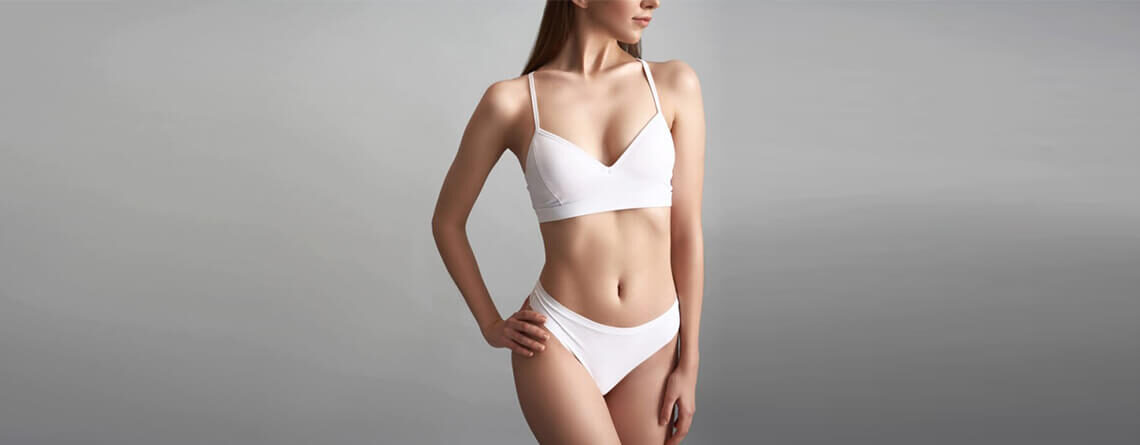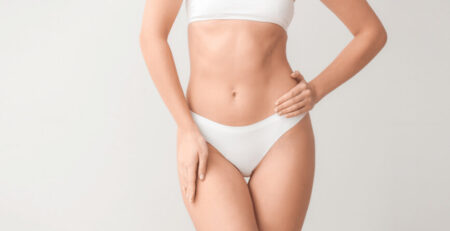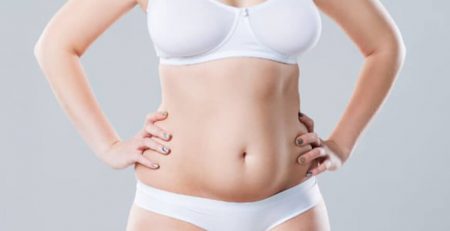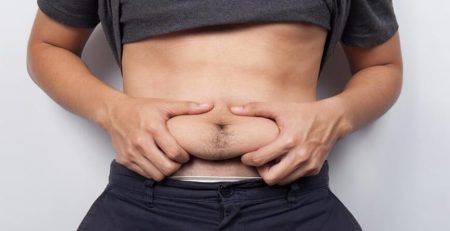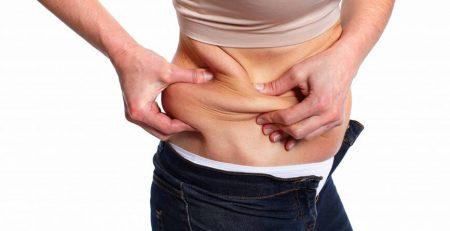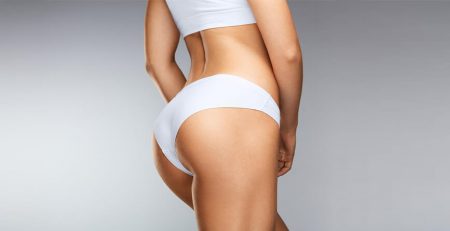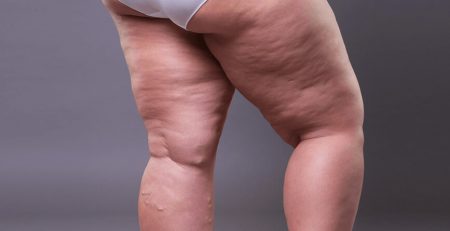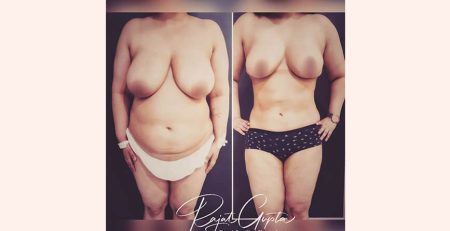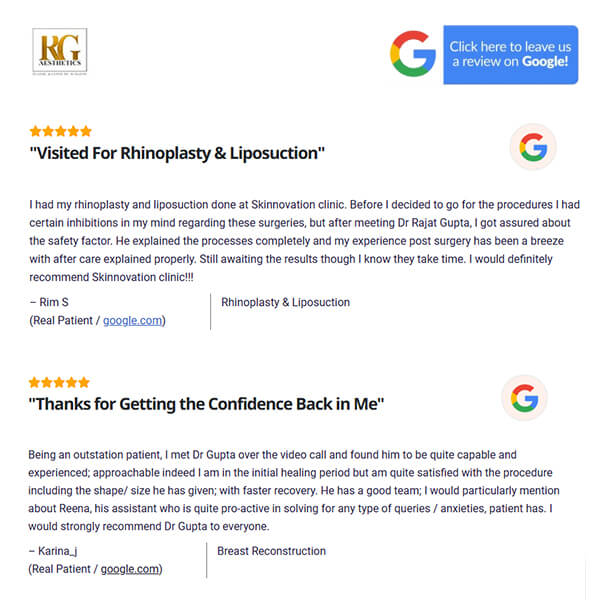What is the best surgery to remove fat?
Are you tired of battling stubborn fat that seems to stick around no matter how hard you exercise or how strictly you diet?
In a world where self-expression and body positivity thrive, many individuals find relief in embracing their unique figures. However, for some, the challenging path of shedding unwanted fat can feel like an uphill battle, often leading to frustration and discouragement. But fret not, as medical advancements have paved the way for a remarkable solution: fat removal surgery.
But with so many options, which surgery is suitable for you? Let’s find out!
When it comes to surgical procedures for fat removal, there are a few options available. The best surgery for fat removal depends on various factors, including the individual’s specific needs and preferences. Here are some commonly performed surgical procedures for fat removal:
Liposuction Procedure
Liposuction is a surgical procedure that has gained significant popularity to remove excess fat from specific areas of the body. It is an effective solution for individuals who struggle with stubborn fat deposits resistant to diet and exercise.
Liposuction procedure can be performed on various body areas, including the abdomen, thighs, hips, buttocks, arms, back, chest, and neck. It is particularly beneficial for contouring and reshaping these areas, creating a more aesthetically pleasing and proportionate appearance. Whether it’s reducing love handles, contouring the waistline, eliminating a double chin, or achieving sleeker thighs, liposuction offers versatile options for body sculpting and enhancement.
It can help improve body contours, enhance self-confidence, and achieve a more balanced physique. Liposuction is not a weight-loss solution but a body-sculpting procedure that targets specific problem areas.
The liposuction procedure begins with the administration of anaesthesia, which can be either general anaesthesia or local anaesthesia with sedation, depending on the extent of the treatment. The surgeon makes small incisions in inconspicuous locations near the target area. A thin, hollow tube called a cannula is then inserted through these incisions. The surgeon carefully moves the cannula back and forth, breaking up the fat deposits and suctioning out the excess fat cells with the help of a specialised vacuum device.
Various techniques have been developed to perform liposuction procedure, including traditional liposuction, tumescent liposuction, ultrasound-assisted liposuction (UAL), and laser-assisted liposuction (LAL). Traditional liposuction involves manual movement of the cannula, while tumescent liposuction involves injecting a solution into the treatment area to help numb the area, reduce bleeding, and facilitate fat removal. UAL and LAL techniques use ultrasound energy and laser energy, respectively, to liquefy fat cells before their removal, allowing for easier and more precise fat extraction.
Following liposuction treatment in Delhi, you can expect some swelling, bruising, and soreness in the treated areas. Your surgeon may provide a compression garment for a few weeks to minimise swelling and support the healing process. Pain medication and antibiotics may also be prescribed to manage discomfort and reduce the risk of infection.
Recovery time for liposuction treatment in Delhi varies depending on the extent of the procedure and individual factors, but most individuals can resume normal activities within a few days to a week. Strenuous activities and exercise should be avoided for several weeks for proper healing.
Liposuction results become more apparent as the swelling subsides, typically within a few weeks to several months. You can expect a more sculpted and contoured appearance in the treated areas. Like any surgical procedure, liposuction carries certain risks and potential complications. These may include infection, bleeding, uneven contours, fluid accumulation, changes in sensation, scarring, and rare cases of adverse reactions to anaesthesia.
Remember, liposuction treatment in Delhi is not a substitute for a healthy lifestyle and should not be seen as a weight-loss solution. Ideal candidates for liposuction are those who are close to their target weight but have localised areas of fat that are resistant to diet and exercise. Therefore, a consultation with a board-certified plastic surgeon is crucial to assess candidacy, discuss goals, and understand the limitations and potential risks associated with the procedure.

Have questions or want to get started? We are ready to help you with a smile!
Tummy Tuck (Abdominoplasty)
A tummy tuck, medically known as abdominoplasty, is a fat removal surgery aimed at improving the appearance of the abdomen by removing excess fat and skin while tightening the underlying muscles. It is a popular choice for individuals who have undergone significant weight loss, experienced pregnancy-related changes, or struggled with genetic factors that have led to a protruding or sagging abdomen.
Tummy tucks can be performed using various techniques, depending on the extent of the procedure and the individual’s desired results. This fat removal surgery can be combined with liposuction to achieve a more comprehensive body contouring solution.
The tummy tuck fat removal surgery procedure begins with the administration of anaesthesia, which can be either general anaesthesia or local anaesthesia with sedation, depending on the extent of the treatment. The surgeon makes a horizontal incision above the pubic area, which extends from hip to hip. A second incision may be made around the navel to reposition it. The surgeon then separates the skin from the abdominal wall and removes excess skin and fat. The underlying muscles are tightened, and the remaining skin is pulled down and sutured in place. The navel is repositioned and sutured in place. The incisions are closed with sutures or surgical staples.
Various techniques have been developed to perform tummy tuck fat removal surgery, including traditional tummy tuck, mini tummy tuck, extended tummy tuck, and circumferential tummy tuck. The traditional tummy tuck involves a full abdominal incision, while a mini tummy tuck addresses only the lower abdominal area. The extended tummy tuck addresses both the abdomen and flanks, and the circumferential tummy tuck, also known as a lower body lift, targets the abdomen, flanks, and back.
After a tummy tuck fat removal surgery procedure, you can expect a recovery period of several weeks to a few months. Initially, there will be swelling, bruising, and discomfort, which can be managed with prescribed pain medications. Wearing a compression garment is typically advised to minimise swelling, support the healing process, and help contour the new abdominal shape. Drainage tubes may be placed temporarily to collect excess fluids during the initial recovery phase.
Follow the surgeon’s post-operative care instructions, which may include limitations on physical activities and advice on maintaining proper wound care and hygiene. Gradually, you can resume light activities, but strenuous exercise and heavy lifting should be avoided for a few months to allow for complete healing.
The results of a tummy tuck fat removal surgery are typically noticeable immediately after the procedure, but it may take several months for the swelling to fully subside and the final results to become apparent. Patients can expect a flatter, more toned abdomen with improved waistline definition. The procedure can help restore self-confidence and enhance body proportions.
CoolSculpting
CoolSculpting is a non-invasive fat reduction procedure that uses controlled cooling to target and eliminate stubborn fat cells. The treatment is primarily designed to treat areas of localised fat that are resistant to diet and exercise, such as the abdomen, flanks (love handles), inner and outer thighs, upper arms, double chin, and back.
During a CoolSculpting session, a protective gel pad is applied to the skin surface to prevent any damage. The CoolSculpting applicator, which uses vacuum suction, is then placed on the skin, delivering controlled cooling to the underlying fat layer. The cooling technology selectively targets fat cells, freezing them while leaving the surrounding tissues unharmed. The treatment is generally well-tolerated, with patients often experiencing a sensation of cold and mild pulling or tugging during the procedure.
CoolSculpting can effectively reduce fat in treated areas, leading to a gradual reduction in fat thickness. Results are typically seen within a few months, with continued improvement as the body eliminates the treated fat cells. While CoolSculpting can effectively reduce localised fat, it is important to note that it is not a weight-loss procedure or a substitute for a healthy lifestyle.
CoolSculpting is generally considered safe with minimal risks. However, choosing a reputable and experienced provider is important to ensure the procedure is performed correctly and safely. Some potential risks include temporary numbness, bruising, or skin sensitivity in the treated area. Rarely, more serious complications such as paradoxical adipose hyperplasia (PAH), which is an enlargement of the treated area, may occur.
Wrapping Up!
When it comes to finding the best fat removal surgery, it is important to consider individual goals, preferences, and medical suitability. Liposuction, tummy tuck, and CoolSculpting are all effective options that can help patients achieve a slimmer and more toned appearance. It is important to consult with a qualified and experienced plastic surgeon to discuss the available options and determine the best approach for your specific needs.
If you are considering a fat reduction procedure, look no further than Dr Rajat Gupta. As a board-certified plastic surgeon with extensive experience in body contouring, Dr Rajat Gupta is dedicated to helping his patients achieve their desired results in a safe and effective manner.
Contact Dr Rajat Gupta today to schedule a consultation and take the first step towards a happier, more confident you!
Dr. Rajat Gupta
MBBS, MS, DNB(Gen. Surg.),
DNB (Plastic Surgery)
Dr. Rajat Gupta is a board certified plastic surgeon in India with 15 years of experience to back his expertise in the domain of aesthetic surgeries.
Having completed his training from Maulana Azad Medical College and equipped with a thorough understanding of aesthetic needs of people, Dr. Gupta strives to offer the best remedies and cosmetic procedures outfitted with the latest technology to the aspirants in India and across the globe. To book an appointment, call: +91-9251711711 or email: contact@drrajatgupta.com

